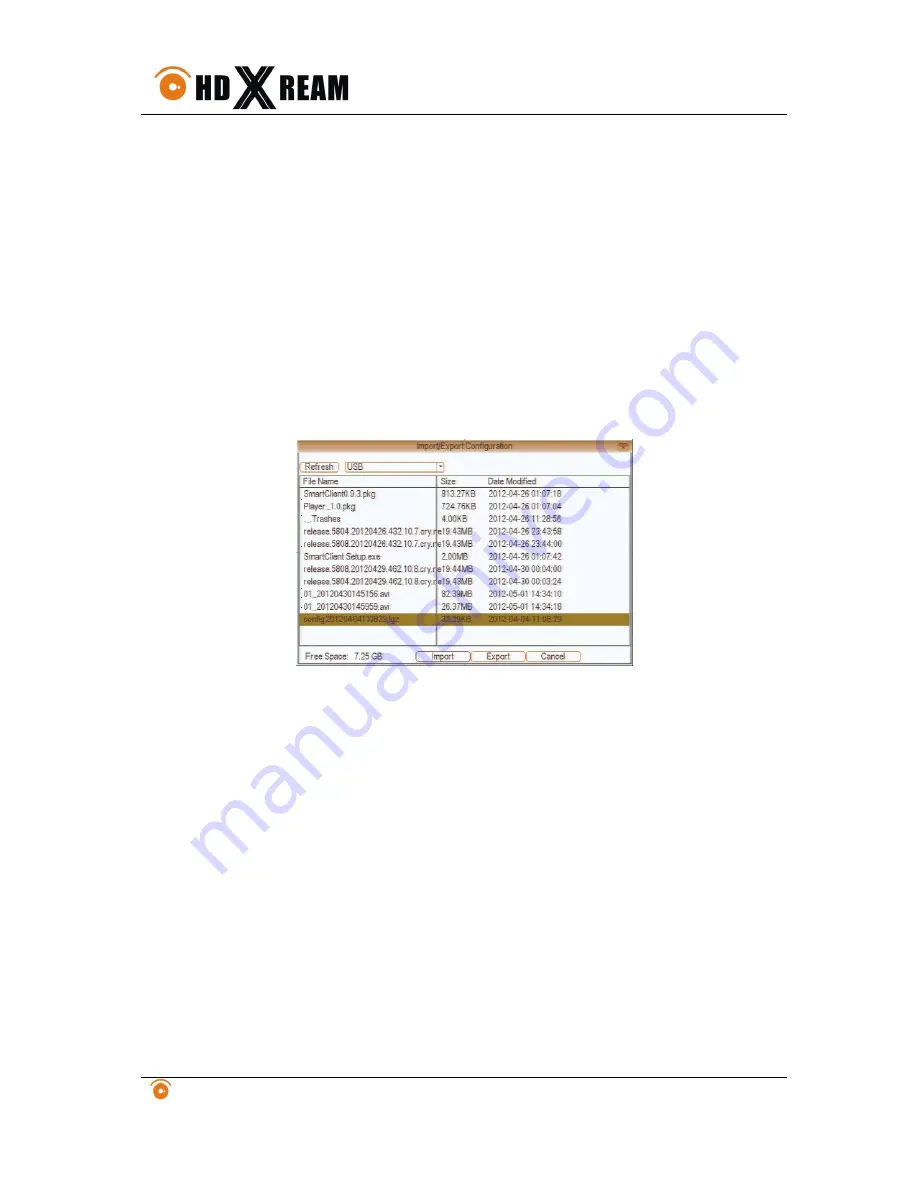
NX-SERIES USER MANUAL
iView Technology
http://www.iviewtech.com
40
week. To ensure your NVR work stably, it’s recommended to enable this checkbox.
Auto reboot at
: Choose when you’d like the NVR to reboot. Typically, this will be a time when it’s
unlikely there’ll be any activity for the NVR to record.
Firmware Upgrade (Upgrade)
: Instructs the NVR to update its firmware. You’ll only need to use this
option if instructed to do so by Technical Support. (Remember to Export your configuration first so you
don’t have to re-set everything!)
Default Settings (Restore)
: Loads the factory default settings. This must be done after a firmware
upgrade to ensure proper operation of the NVR. You can retain your settings, recording schedule and so
on by using the Import/Export Configuration function before upgrading the firmware.
Configuration (Export)
: Creates a file containing all the settings you’ve customized, including your
recording preferences, schedule, user-list and so on.
To export your settings:
1. Insert a USB flash drive into the USB port on the front of the NVR. Ensure it has enough free space
(a few MB is sufficient - the file is less than 50KB) and that it is not write-protected.
2. Choose
Configuration: Import/Export
. You’ll see a file browser, showing the contents of the
storage device.
3. Click
Export
to save your settings. Exporting your settings will overwrite any previous settings
you’ve saved to that flash drive. If you want to do sequential configuration exports, you’ll need
multiple USB drives - or, rename the file using a PC (advanced users only).
Configuration (Import)
: Operates in the same way as the Export function, but is used to load a
previously saved configuration file.
Locate the file you want on your flash drive - it will be called config(time & date).tgz. For example,
config20120404110829.tgz would be the config file from April 4, 2012 at 11:08AM.
Loading the file will cause the NVR to automatically reboot.
































